Between the holidays and abruptly getting the flu (fml), I had to take a short break from posting.
I’m back now though, and I’m going to start breaking down some of the most common yoga poses. One of the most important lessons I’ve learned over the years is that small changes can completely change your outlook on a pose or sequence.
With yoga, as with a lot of things, it can be hard to know that you’re doing something wrong until someone comes along and notices it. If you practice at home or in a really big class, chances are good that you don’t have anyone to make adjustments or suggest another way.
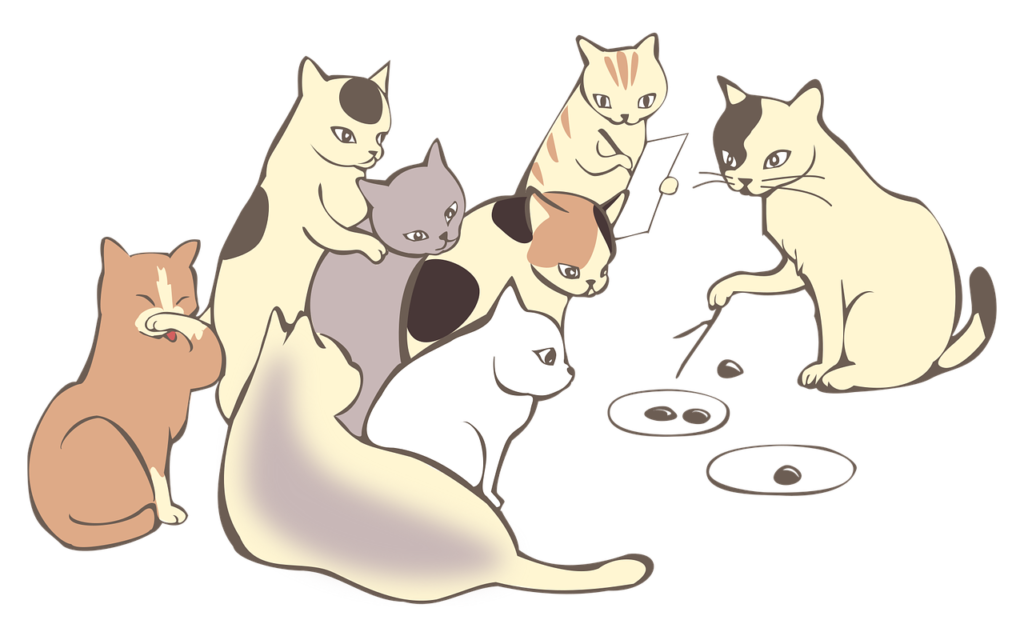
My goal with this series is to try to be that person for you. It’s a little tricky to explain things without showing, but I’m hoping that I can at least encourage you to look at the poses you struggle with in a different light. Most likely, there are some minor adjustments you can make that will help a lot!
Starting Simple – Child’s Pose
Child’s pose, or balasana, is probably the most common pose I can think of. Almost every yoga practice I’ve done starts or ends with it, and most instructors will tell you to assume child’s pose if you need to rest or skip a position.
That being said, I didn’t find child’s pose to be particularly relaxing for a long time.
If I’m being honest, I still don’t. I understand its purpose, but it’s not a favorite of mine. Regardless, I think it’s a good place to start because anyone who does yoga will end up in this pose at some point.
A Quick Breakdown
Most often, child’s pose looks like this:
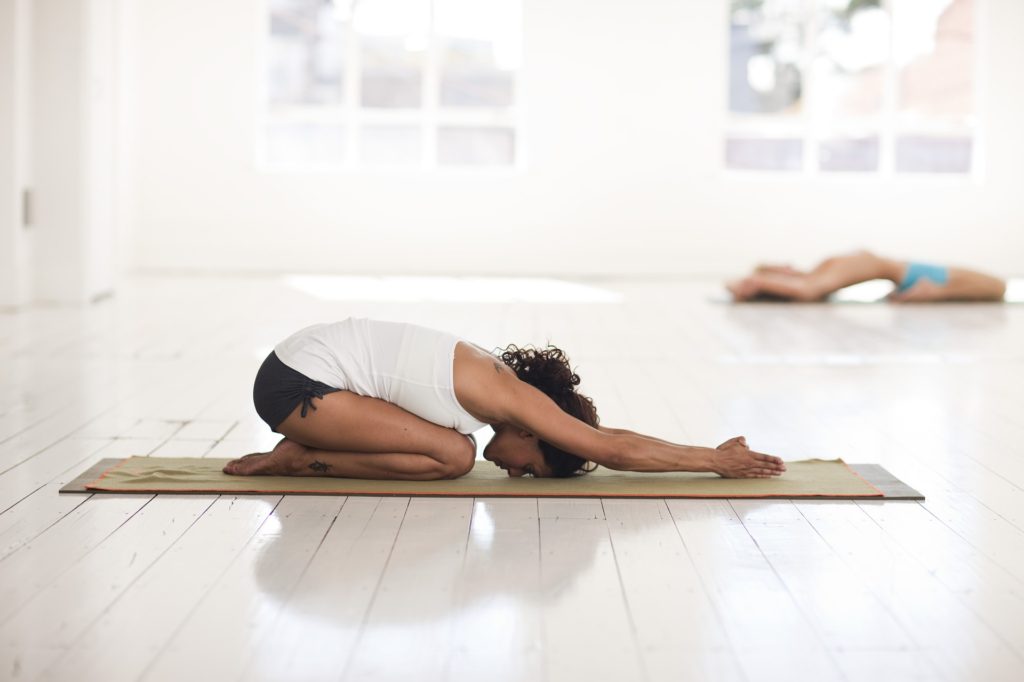
Because children are still developing, their bodies are able to move and bend and fold in ways that most adults don’t even dream of. Thus, folding in on yourself like this is something children can do easily while adults have to work harder at it.
So, the intent of child’s pose is to lengthen and stretch nearly all of the key muscles for other yoga poses. This is one of those poses that, over time, can have a huge impact on how you feel in your day-to-day life.
The list of muscles that it affects is long, so I’ll do my best to break it down simply:
- Spinal extensors – these support your spine when you’re standing or lifting
- Your whole butt (gluteus maximus, medius and minimus) – All three muscle groups in your butt help to support the movement of your hips and thighs. The gluteal muscles also help to support your spine, and the gluteus maximus even supports certain knee movements.
- Hamstrings – These are muscles in the back of your upper leg, and if they’re tight or shortened, it makes walking and performing most other yoga poses painful or difficult.
- Foot extensors and flexors – This includes all of the muscles that flex and extend your toes as well as muscles that help your feet flex and move naturally. Weak or tight foot muscles can cause cramping and make balance poses more difficult.
If you want to read a little more about the anatomy of it, you can check out this post.
How to Make Child’s Pose Work For You
Before I jump in to modifications, let me remind you: I’m not a doctor or a specialist. I’m just sharing knowledge. If you’re pregnant, have a medical condition or you’re unsure about something, please talk to your doctor before you try anything I share!
If you have trouble kneeling:
I’ve had ankle problems for over a decade, and this means that I have a lot of trouble with kneeling or sitting back on my heels.
If this sounds familiar, you can take the pressure off in a few ways:
- Raise your butt up.
You can slightly lift your butt off of your feet as you bend over, and this alleviates some of the pressure on your legs and tops of your feet.
- Add some cushion.
If you want support, put a rolled-up blanket between your thighs and calves. This will elevate your butt while still providing plenty of support. The blanket also acts as a buffer so that less weight is resting on your ankles and feet.
- Grab a block.
Instead of a blanket, you can wedge a thin block between your feet. Position it horizontally for a more normal, deep child’s pose stretch, or set it up vertically for a modified, more supported stretch.
If you feel suffocated:
Folding forward can put too much pressure on your stomach and diaphragm and make you feel like you can’t breathe.
That’s super unpleasant and the opposite of relaxing, so try these modifications if you struggle with breathing well in child’s pose.
- Widen your stance.
Instead of knees touching, spread them apart as wide as is comfortable for you. You can keep your toes pointed together so that your legs form a sort of triangle, or you can widen your feet as well. This will give your belly more space to expand.
- Lift your forehead.
Ultimately, the goal is to be able to kneel comfortably with your forehead resting easily on your mat. However, if you’re not quite to that point, it can feel restricting to try to breathe normally with your neck bent at such a severe angle.
You can either rest your forehead on your arms, or you can use a soft block or bolster to lift your forehead and lessen the strain on your neck and throat. Experiment with varying heights to find which works best for you.
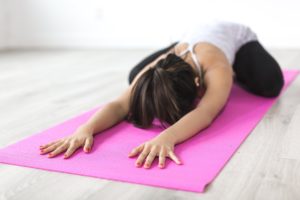
If your arms hurt:
There are a few different positions that you can put your arms in, and each offers a bit of a different stretch. Don’t be afraid to change up your arm positioning! Even if it’s different from what the instructor is doing, s/he should always encourage you to do what feels best for your body.
You can try any of the following positions to alleviate arm or shoulder discomfort:
- Arms outstretched – You can keep them parallel to your body, or spread them out to either side of your mat.
- Arms tucked in – If you’re experiencing shoulder discomfort, try resting your arms lightly beside your legs with your palms relaxed and facing upward.
- Arms folded – If it hurts your wrists to tuck your arms, you can loosely fold them and rest them either above your head or close to your body, touching your knees.
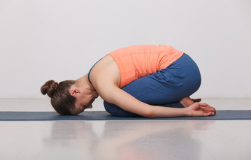
If you just feel uncomfortable but you’re not sure why:
Listen, sometimes a pose just feels off and it’s hard to explain exactly what the issue is.
Some days, I just give up and try a different pose. If child’s pose just isn’t working for you, that’s okay. Set it aside and come back to it on a different day. Sit up, focus on your breaths and then move to the next pose in the sequence.
Other days, I realize that I’m just cranky or restless or feeling generally uncomfortable. When that happens, I switch to “restorative child’s pose,” which honestly feels like a naptime setup.
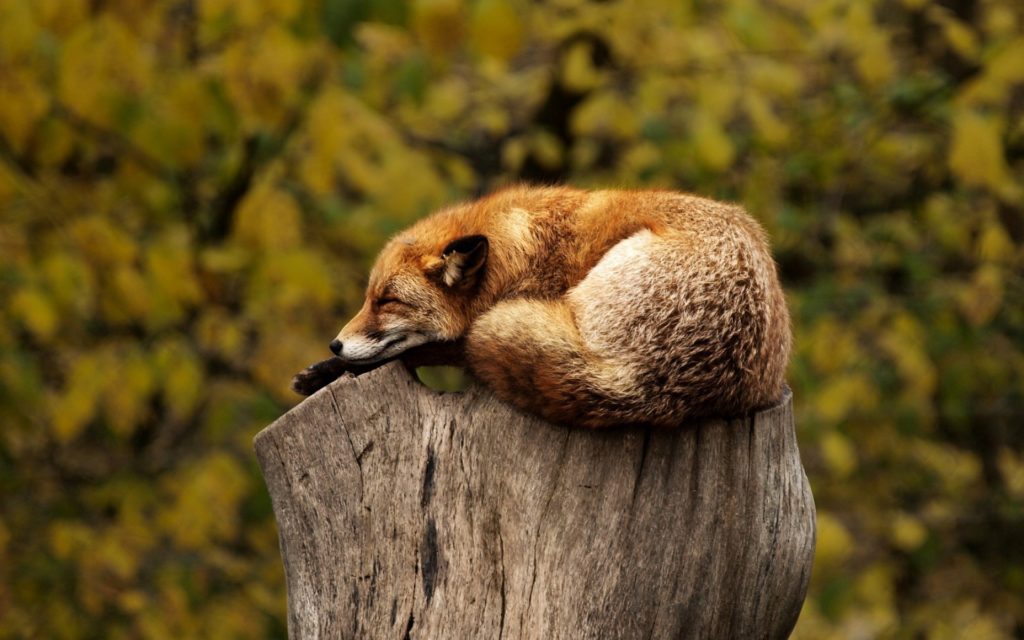
For this, grab a sturdy bolster or a couple of blocks and rolled-up blankets. Widen your knees and set the bolster between them so that you can comfortably fold forward and rest your torso and head on it.
If you’re using blocks and blankets, space the blocks so that you can use them as a sturdy base to set your blankets on. You’re basically just creating a bolster without the pillow, so adjust your setup accordingly. You can make the pile as high as you need it to be to feel comfortable when you fold forward.
Do a Google image search for “restorative child’s pose” to see several ways to make this pose comfy for you. It’s amazing.
Once you have a good setup, fold forward so that your torso and head are fully supported by the bolster. You can rest your forehead on the pillow, or you can turn your head left or right and rest on your ear. Your arms can cradle the bolster on either side, or they can stay tucked by your legs, whichever is more comfortable.
After you get settled, you can just breathe until you’re feeling stretched and relaxed. You can try unsupported child’s pose again if you want, or you can just move on with the rest of your practice.
What Do You Think?
How do you feel about child’s pose? Have you tried any of the modifications I mentioned? Do you have any other suggestions that I left out? Let me know in the comments!